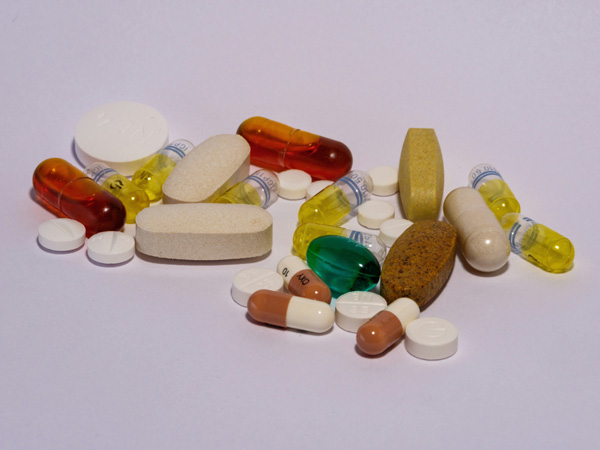Antibiotic resistance threatens modern medicine

[A photo of examples of antibiotics. Photo credit to Unsplash]
According to the World Health Organization (WHO), in 2023, nearly 1 in 6 bacterial infections globally exhibited resistance to standard antibiotics.
In some regions, resistance to commonly used antibiotics such as amoxicillin and ciprofloxacin has increased by more than 40% over the past decade.
For nearly a century, antibiotics have been the bedrock of modern healthcare, saving countless lives and turning once-deadly infections into easily treatable conditions.
Alexander Fleming’s discovery of penicillin in 1928 sparked a medical revolution that changed the course of human history.
However, nearly a century later, the drugs that once symbolized progress are losing their power due to overuse and misuse across the world.
Antibiotic resistance occurs when bacteria evolve to survive the very drugs designed to kill them, creating strains that can withstand multiple treatments.
These “superbugs” thrive wherever antibiotics are overprescribed, such as hospitals, pharmacies, or farms.
Millions of antibiotic prescriptions are still written every year for viral infections such as colds, coughs, and flu, even though antibiotics have no effect on viruses.
This unnecessary use gives bacteria more chances to adapt and build resistance, diminishing the effectiveness of these life-saving drugs.
In agriculture, antibiotics are routinely mixed into livestock feed to promote faster growth and prevent disease, a practice that contributes to resistant bacteria entering the food chain.
These strains can spread through contaminated meat, water, soil, and even through human contact, creating a global transmission network.
The consequences are already evident.
In hospitals across the globe, where infections like pneumonia, urinary tract infections, and sepsis are becoming harder and more expensive to treat.
Doctors are now encountering patients who no longer respond even to last-resort antibiotics such as carbapenems and colistin.
A Lancet modelling study, “Gram Project,” found that in 2021 about 4.7 million deaths were associated with antibiotic-resistant infections and projected up to 8.2 million per year by 2050 under current trends.
Hospitals and clinics are taking action through antibiotic stewardship programs, which monitor prescriptions and promote more responsible antibiotic use among healthcare workers.
Medical schools are also emphasizing education about resistance, ensuring new generations of doctors understand the importance of careful prescribing.
Researchers are exploring innovative solutions, including phage therapy, which employs viruses that target and destroy specific bacteria.
Other promising fields include synthetic biology and nanotechnology, which aim to design next-generation antibiotics and delivery systems that can bypass bacterial defenses.
However, developing new antibiotics is a long and costly process, often taking more than a decade and costing over $1 billion per drug, according to the Pew Charitable Trusts.
Because antibiotics are only taken for short periods, they are less profitable than drugs for chronic conditions, leading many pharmaceutical companies to reduce or abandon antibiotic research.
Experts emphasize the importance of stronger public funding, better global coordination, and tighter regulations on antibiotic sales as critical steps to slow the spread of resistance.
Public awareness also plays a major role, as individuals can contribute by avoiding self-medication and not demanding antibiotics for viral illnesses.
Finishing every prescribed course is equally important because stopping treatment early can allow surviving bacteria to adapt and become resistant.
Simple actions like handwashing, vaccination, and safe food handling can also reduce infection rates, and therefore, the need for antibiotics.
Antibiotic resistance is not a distant threat; it is a present-day reality that affects hospitals, farms, and communities worldwide.
However, if society acts together now through education, innovation, and strong regulations, there is still hope to protect the power of antibiotics for future generations.
Without urgent action, the world could face a time when once-simple infections become deadly again, and the age of antibiotics, the foundation of modern medicine, fades into history.

- Egshig Nandinbold / Grade 11
- UWC Atlantic

![THE HERALD STUDENT REPORTERS [US]](/assets/images/logo_student_us.png)
![THE HERALD STUDENT REPORTERS [Canada]](/assets/images/logo_student_ca.png)
